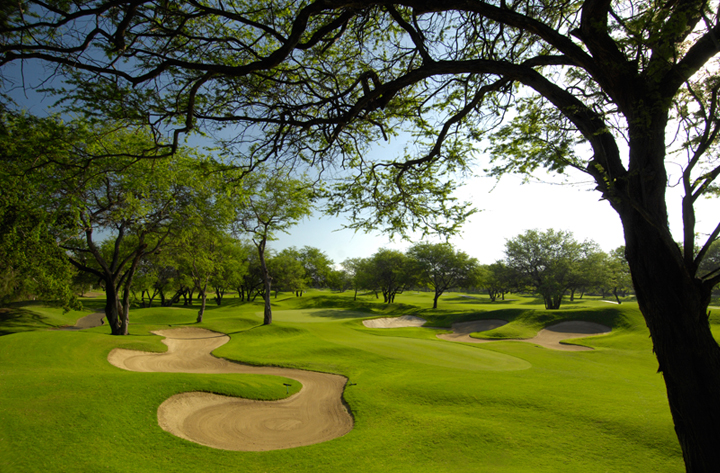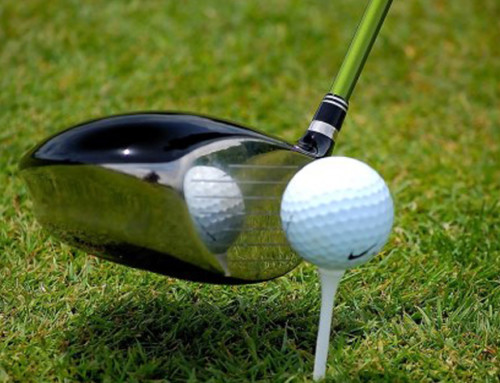There are approximately 11 golf courses on the Ewa side of the island, depending on where you draw the line. Some of which can be considered some of the best courses on Oʻahu (yes, we do include ourselves in that one). Six are in Ewa Beach alone. Yet Ewa Beach Golf Club is one of only two to have “ʻEwa” in the name. A distinction we enjoy.
In the shop, we have heard it said many different ways. From the hard E “Eeee-wuh” to the more accurate “Eh-vuh.” And for the record, “Eh-wuh” is also acceptable, though rarely used. While pronunciation is easily corrected, the question that stumps even longtime residents of Ewa is: “So what does it mean?”
So, for locals and visitors alike, here’s a quick etymology lesson.
There are two different spellings of Ewa. Ewa and ʻEwa. Which version was the original distinction depends on the source. While both have different meanings, they are similar enough to tie to the same origin story.
Ewa without the ʻokina means strayed or wandering.
ʻEwa with the ʻokina means crooked or imperfect.
Sounds like some of my tee shots.
Like many places in modern Hawaiʻi, the boundaries of Ewa are loosely based on an ancient land division called moku. Ewa was the largest and flattest of the moku on Oʻahu. It was home to some of the best fishing on the island, and was a favorite residence for aliʻi, or chiefs. In fact, there is the remains of a fishing village on our course right off the first tee box.
The story of how Ewa got its name starts with two ancient Hawaiian gods, Kāne and Kanaloa. When they came across the Ewa plains, they were excited about the large swath of beautiful flat land they found. So they decided to throw a stone to mark the west boundary of the new moku. They wanted to get as much land as possible within the boundary, so they hurled the stone as hard as they could towards the Waianae mountain range.
And they lost it.
Again. Sounds like some of my tee shots.
When they went searching for the stone, they could not find it right away. So the area became known as Ewa. The stone that strayed. Though in other versions, the area was named ʻEwa with the ʻokina because the stone was thrown crookedly.
The stone was eventually found at a place called Pili o Kahe near the Nānākuli Stream. That is where the boundary between the Ewa and Waianae divisions was marked. This is a distinction between the two areas that remains close today, though some say the Waianae area starts at the power plant.
Ewa has also become a popular substitute for “west” or “west bound” when travelling on Oʻahu mostly because of its size. While Waianae is the farthest west land division, saying “Ewa bound” encompasses so many more towns and cities outside and west of Honolulu.




